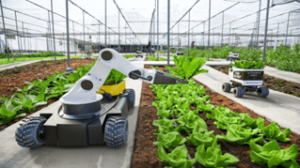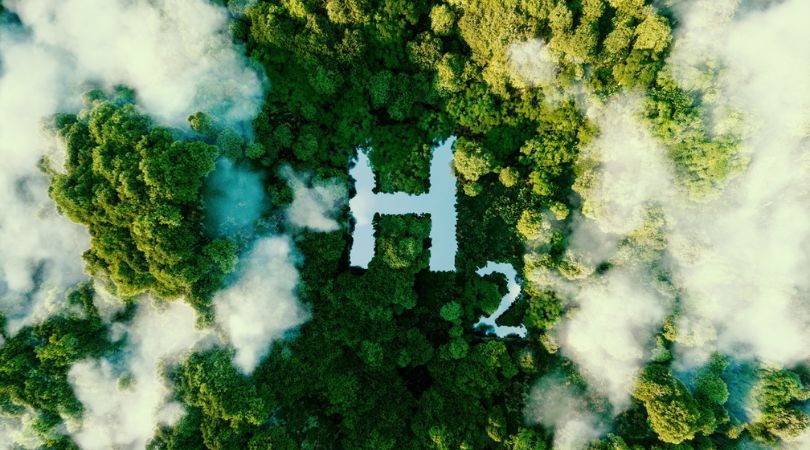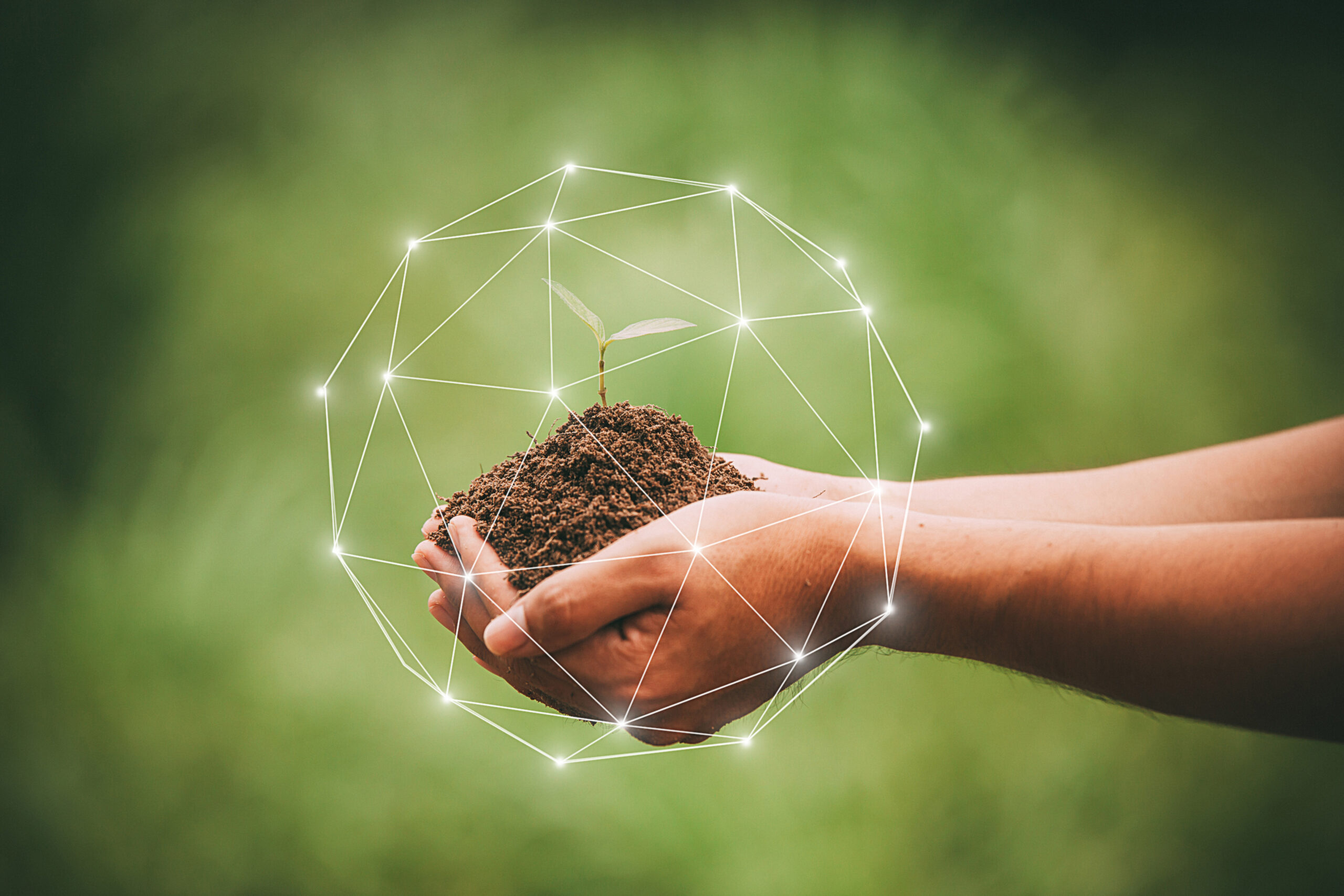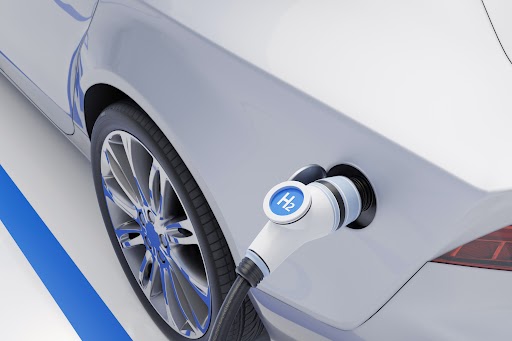AI and Environmental Sustainability
In recent years, artificial intelligence (AI) has become a prominent topic of conversation. Advances in other frontier technologies, such as cloud computing, big data, the Internet of Things (IoT), and virtual reality, have led to some major breakthroughs in artificial intelligence. Aside from the financial and societal benefits of AI applications, the technology is also set to revolutionize environmental sustainability.
Scientists argue that one of the main challenges to environmental sustainability is understanding how the ecosystem works, given the number and complexity of interactions within it. The amount of information available is simply too large to be analyzed by the human brain or traditional statistical tools. Using advanced tools and technologies can help us understand the impact of the ecosystem on us and vice versa. Sensors enable the collection of large amounts of data, while AI can help analyze this data and build models to help navigate these complexities and make agile decisions in uncertain and volatile conditions.
Impact of AI on the ecosystem and environmental management:
Technologies such as AI and IoT are expected to drive progress in most areas of ecology and biodiversity research, as well as environmental and ecosystem management.
Motion-sensing cameras can collect very large amounts of biodiversity data
Motion-detector cameras enable the low-cost and widespread collection of massive amounts of biodiversity data. Analyzing biodiversity images used to be time-consuming, but a recent article in the journal Proceedings of the National Academy of Sciences showed that AI was successful in automating animal identification for 99.3% of the 3.2 million animals, with the same level of accuracy (96.6%) as the crowdsourced groups of human volunteers. The authors of the article state that “the automatic, accurate, and economical collection of data could catalyze the transformation of many disciplines, from ecology, wildlife biology, zoology, conservation, and ethology, into “big data” sciences.
Drones equipped with AI technologies can fight deforestation and poaching
The use of drones equipped with AI technology can help reduce deforestation and poaching. For instance, the World Wide Fund for Nature (WWF) in Kenya received a US$5 million subsidy from Google to use an AI device equipped with drones to track poachers in the Masai.
Impact of AI on Water Management
Although AI applications are limited to select cases in the operational water sector, machine learning algorithms are increasingly being used in water science. For instance, the Centre for Water for Sustainable Development and Adaptation to Climate Change, a UNESCO-affiliated organization, has been utilizing AI and statistical modeling to enhance the quality of time-series data in structural and environmental monitoring in Serbia for years. Deep learning, a subset of machine learning, is one of the most crucial methods. Deep learning can be used as a predictive tool to detect patterns, classify and correct remote sensing products, or mitigate risk. An example of a deep learning application for water management is using Echo State Networks (ESN) to provide discharge forecasts and water-level simulations on the Rhine and Danube Rivers in Germany, which provided better results than the existing traditional hydrological model.
Internet of Things, machine learning, and blockchain can be combined to support urban water management
The Internet of Things, machine learning, and blockchain technology can all be used to improve urban water management. Using these three technologies can improve service provision and quality while protecting the sustainability of water resources. Smart water systems, which use an Internet of Things-based approach, are gaining traction in urban water resource management. These smart systems are composed of a network of physical devices (such as the flow meter), a sensor that records data (such as water amount and quality, pictures, etc.), and a communication device that transmits this data in real time to a cloud-based server. Smart water systems improve efficiency and reliability while reducing costs.
Impact of AI on Disaster Risk Reduction
AI to prevent disasters
Many concepts and prototypes for catastrophe risk mitigation have previously been tested. Thus far, they have mainly focused on the response and rescue phases. Sendai, Japan, for example, has tested a prototype with private companies for a tsunami alert using AI and Blockchain technology, in which the AI system launched a drone, sent an alert via mobile phones and radios, and used facial recognition software to identify survivors, such as individuals drifted in a vehicle by a tsunami wave.
AI to manage hydrological hazards
A variety of innovative modeling systems are being evaluated for their capacity to accurately forecast drought events. Such models are: Artificial Neural Networks (ANN), Adaptive Neural-based Fuzzy Inference Systems (ANFIS), Genetic Programming (GP) and Support Vector Machines. Currently, the downside to using AI for drought management is the lack of “big data” needed to design models that can make reliable predictions.
AI to improve climate change assessment
Studying the climate and identifying high-risk areas require large amounts of data, ranging from images to sensor data. Machine learning algorithms can help mitigate and manage climate change effects by improving the accuracy of global climate models and predictions. For instance, extreme weather events such as wildfires and hurricanes can be predicted by analyzing data from satellite images and weather station data in real-time. New research indicates that artificial intelligence and neural networks can also address more complex, smaller-scale meteorological phenomena, such as convective cloud production. As a result, they may be able to mitigate the uncertainties inherent in existing climate models. By enhancing the accuracy of global climate predictions, AI and machine learning algorithms can help mitigate and manage the risk of catastrophic weather events such as tornadoes, hurricanes, and storms, which are anticipated to become more frequent and severe in the future.
Impact of AI on Agriculture
AI-based solutions can enhance efficiency in the agricultural sector in practices such as crop yield, irrigation, soil content sensing, crop monitoring, weeding, and crop establishment. AI-based technological solutions can enhance the sector’s resource efficiency by reducing the use of land, water, fertilizers, and pesticides while also enhancing output quality and ensuring a faster time to market for produced commodities.
Smart Farming
Using drones, cameras, and sensors along with AI to scan plantations and detect pests, identify areas that are either excessively or poorly irrigated, and intervene more quickly eliminating the need for expensive and fuel-polluting helicopters to monitor the fields. Robots or drones can help with field inspection and early detection of crop diseases, making the process more effective and ensuring future food security. Weed control can also be significantly enhanced using solar-powered robots that can detect weeds and pull them out mechanically (without chemicals). All these developments are providing farmers with the tools to observe, measure, and analyze the needs of their farms, allowing for improved resource management while reducing environmental impact and waste.

The use of artificial intelligence (AI) in environmental sustainability has the potential to significantly improve our understanding of and ability to manage the ecosystem. AI-enabled technologies such as motion-sensing cameras and drones can be used to collect and analyze large amounts of biodiversity data, while machine learning algorithms can be used in water science to improve quality and forecast discharge and water levels. In addition, the combination of the Internet of Things, machine learning, and blockchain technology can improve urban water management. AI can also be used in disaster risk reduction by predicting and mitigating the impact of natural disasters such as earthquakes, hurricanes, and floods. AI can also help enhance the agricultural sector’s resource efficiency and reduce its impact on the environment. With all these advancements in AI applications, it is important to carefully consider the ethical implications of using AI for environmental sustainability and ensure that the technology is used in a responsible and transparent manner.
Author: Ismail El bouni
Sources:
AI – A game changer for Climate Change and the Environment
Quel sera l’impact de l’intelligence artificielle sur l’agriculture ?
Autonomous Battery Optimization with Machine Learning, Robotics
You may also like
Warning: Undefined variable $content in /var/www/sdomains/nexatestwp.com/infomineo.nexatestwp.com/public_html/wp-content/themes/infomineo/single.php on line 235
Warning: Undefined variable $content in /var/www/sdomains/nexatestwp.com/infomineo.nexatestwp.com/public_html/wp-content/themes/infomineo/single.php on line 235
Warning: Undefined variable $content in /var/www/sdomains/nexatestwp.com/infomineo.nexatestwp.com/public_html/wp-content/themes/infomineo/single.php on line 235
Warning: Undefined variable $content in /var/www/sdomains/nexatestwp.com/infomineo.nexatestwp.com/public_html/wp-content/themes/infomineo/single.php on line 235
Warning: Undefined variable $content in /var/www/sdomains/nexatestwp.com/infomineo.nexatestwp.com/public_html/wp-content/themes/infomineo/single.php on line 235
Warning: Undefined variable $content in /var/www/sdomains/nexatestwp.com/infomineo.nexatestwp.com/public_html/wp-content/themes/infomineo/single.php on line 235
Warning: Undefined variable $content in /var/www/sdomains/nexatestwp.com/infomineo.nexatestwp.com/public_html/wp-content/themes/infomineo/single.php on line 235
Warning: Undefined variable $content in /var/www/sdomains/nexatestwp.com/infomineo.nexatestwp.com/public_html/wp-content/themes/infomineo/single.php on line 235
Warning: Undefined variable $content in /var/www/sdomains/nexatestwp.com/infomineo.nexatestwp.com/public_html/wp-content/themes/infomineo/single.php on line 235
Warning: Undefined variable $content in /var/www/sdomains/nexatestwp.com/infomineo.nexatestwp.com/public_html/wp-content/themes/infomineo/single.php on line 235












